For this farmer, a slow and steady approach to growth pays dividends in success and stewardship, both for his land and his town.
Farmer Ben Laun’s house sits just two blocks from the village center in Table Rock, Nebraska, population 366. Ben’s father, Billy, has a dental practice on one of those blocks. Around the corner from that practice, painted on a brick wall in stark black and white with a bit of Husker red for emphasis, is a sign that reads: “The future of Table Rock depends on you.”
It’s a sentiment Ben has taken to heart. At only 32 years old, Ben was just elected to his second term as a village board member, serving as the chairperson, no less. Civic service reflects civic pride, and Ben clearly loves his small town, especially the “small” part. “I don’t like being in the city,” he laughs. “Even for an afternoon.”
Must be in his blood. Ben’s grandfather farmed land near Table Rock, and when Ben’s father tired of city life—he had been a dentist in Lincoln—he opened the practice in Table Rock and farmed on the side. The grandfather was a county commissioner, and so was Ben’s mother, Kay; both served in Pawnee County, where Table Rock is located. Ben has started raising his own family here, too; he and wife Lisa have a son, Oliver, who is already tooling around on a toy tractor.
“I consider myself lucky to grow up in a farming family, where there was potential to farm,” Ben says. “A lot of people don’t have that opportunity.”
Ben seized that opportunity, and is still farming some of that family land today, and has added some as well. He’s up to about 1600 acres with a corn and soybean rotation, but it’s not your typical “farmstead-and-family-land” operation.
“Our ‘farm’ is spread out about 30 miles from east to west,” says Ben, across Pawnee and Richardson counties. “It’s 100 acres here, 150 acres there.” That can mean great variance in topography, soil type, and even weather. But Ben says there are advantages to that, as a form of risk mitigation. “We never carry hail insurance,” he laughs, alluding to the fact that a weather event isn’t likely to wipe out a whole crop when it’s spread across two counties. And a dry season on one geographic side of the operation might be aided by ample rainfall on the other.
Whatever the location and weather situation, Ben’s focus is on stewardship to help meet those challenges. The land Ben farms is mostly rolling hills, many of them terraced. Some of those terraces go back half a century. And as effective as terracing can be at helping prevent erosion, it’s also a slow process to improve farmland through that practice. No-till helps preserve the terraces that are still functional and haven’t been broken through already, and Ben is building and rebuilding on the slopes that need attention; some new terraces this year are in cover crops and will be ready to plant this season.
The improvements take time, but Ben is fine with slow and steady. “Patience is really important with farming, because there’s a lot of variables that are unknown and uncontrollable,” he says. “There’s no reason to try and double your acres if you’re not profitable, and not only by being profitable; you also have to be in a position where if you have a bad year, you can withstand a loss,” he says.
If you’re noticing a farming philosophy emerge, that’s intentional on Ben’s part. It has served him well, both as a farmer and a civil servant.
Whether Ben earned his knowledge through working on the farm or working on the village board is tough to decipher; the approach is virtually the same. “I would say the conservative approach toward the town and farming go hand in hand,” he says. “With the town, you have to maintain what you have instead of starting new projects. It’s like people forget to maintain what they have.”
Same goes for the farm. “Our main focus over the last few years has been … to improve what we have,” he says. “Once we get improvements like tiling, cleaning up the fields, making them so they’re easier to farm, then we will get the same job done quicker, and then there will be time to expand.”
The Massey Ferguson 8735S: Efficiency On The Go
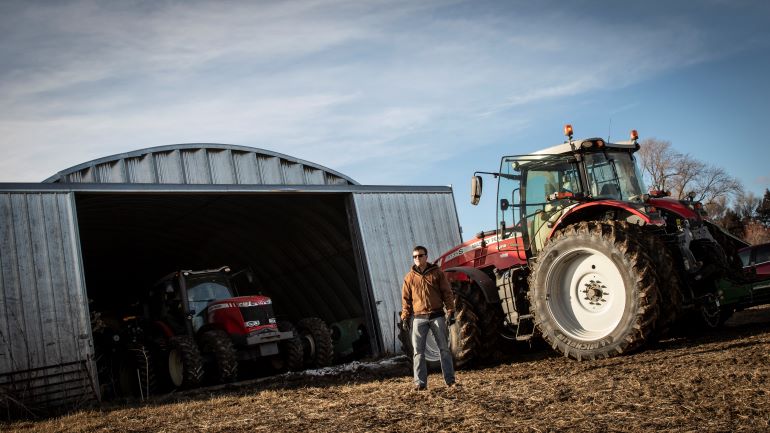
“Every penny adds up,” says Laun, as he pulls his Massey Ferguson 8735S into an equipment shed next to an older model MF8650. In the back of the same shed is a Gleaner S97 combine. Ben doesn’t take equipment purchases lightly. Efficiency is key.
Adding a complicated variable to his efficiency equation is the layout of his farm, with fields spread across some 30 miles. “It’s important to have reliable equipment that can get down the road quickly,” he says.
But it’s more than just moving between fields. “The fields are all different,” says Mitch Merz of Merz Farm Equipment in Falls City, Nebraska. Mitch helped get Ben in the AGCO equipment that works best for his unique operation. “This field has a little different topography than another field,” says Mitch. “He’s got terraces that are closer together, wider, bigger,” he says.
Ben adds that even within a single terrace, the equipment need may change: “You can go a couple hundred feet in the field and get into clay soil, and it requires a lot more horsepower to get the same job done.”
Ben says that makes the Dyna-VT transmission on the 8735S essential to efficiency in his operation. Dynamic Tractor Management (DTM) adjusts engine power according to load, maintaining travel speed and maximizing fuel efficiency. “It just seamlessly controls itself,” says Ben. “It just takes the guesswork out of it.”
And that travel time between fields? “It’s real important to move from field to field quickly,” he says. With the 8735S, “it might mean getting an extra 10 acres planted in a day because you didn’t spend that time on the road.” In an operation of 1600 acres, as Ben says, that does “add up.”
“Ben is very analytical in the way he does things; he’s definitely doing things by the numbers,” says Mitch. “He’s not buying stuff just because of the brand. He’s not buying stuff just because of what his neighbors have. Ben is buying things that make sense for him financially, analytically, throughout the farm.”
That analysis goes beyond finances and extends to stewardship, and Ben’s equipment fits that approach as well. While the Massey Ferguson tractor saves on fuel, the Gleaner combine’s lightweight design makes a conservative harvest possible, even in wetter conditions. “Two years ago, we had a very wet harvest. And we were able to be in the field when some other people were sitting,” he says. The lighter weight of the combine meant less compaction; “We didn’t have to do any tillage afterwards,” Ben says.
The MF8735S pulls the grain cart alongside the combine and Ben calls the tractor “absolutely perfect” for that work. Again, in spite of varied field conditions, DTM helps “match the speed of the combine,” he says, while helping him save fuel.
“From an analytical side, where he’s measuring every single input that he’s putting on that farm, he knows what he’s doing,” says Mitch.

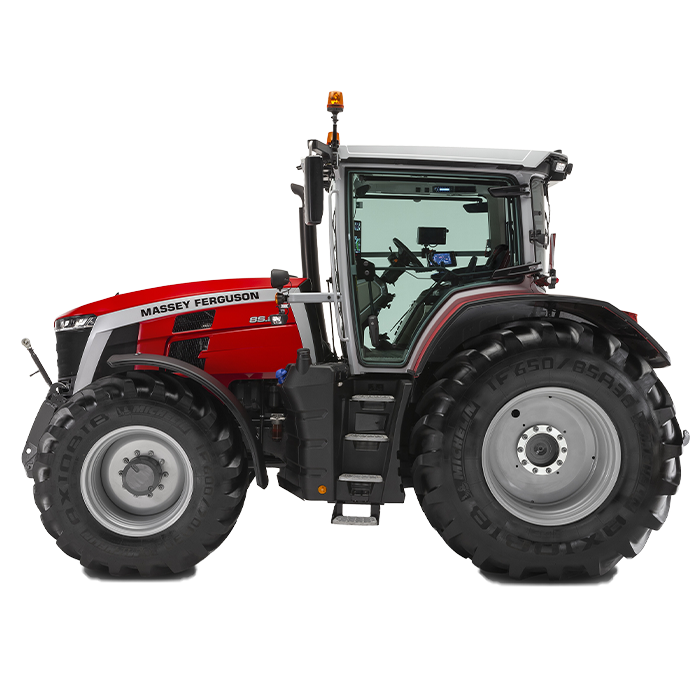
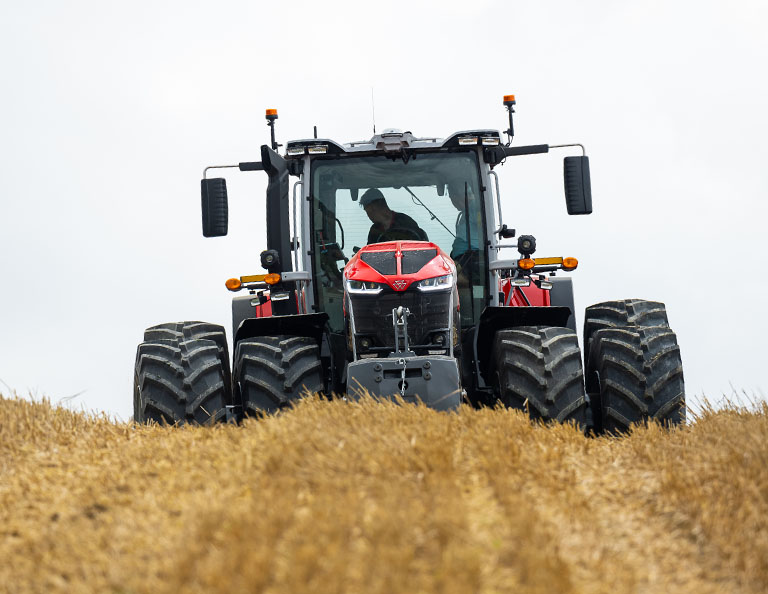

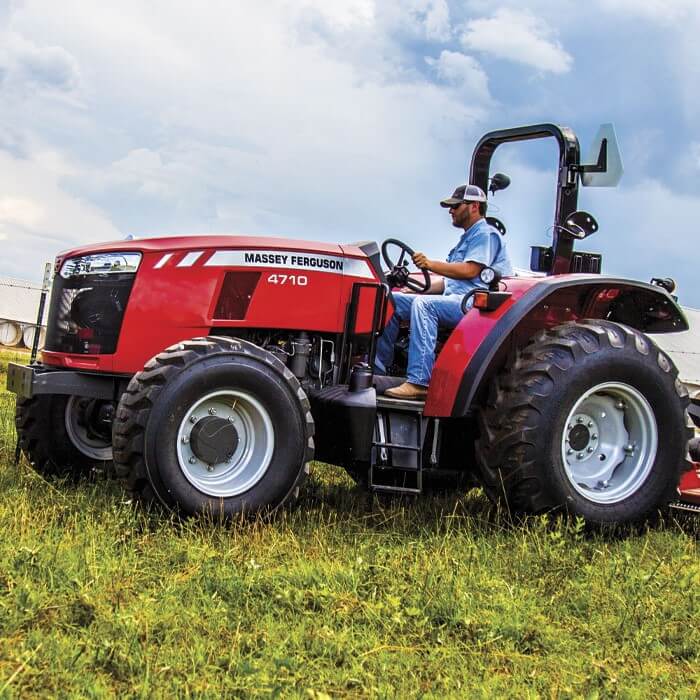


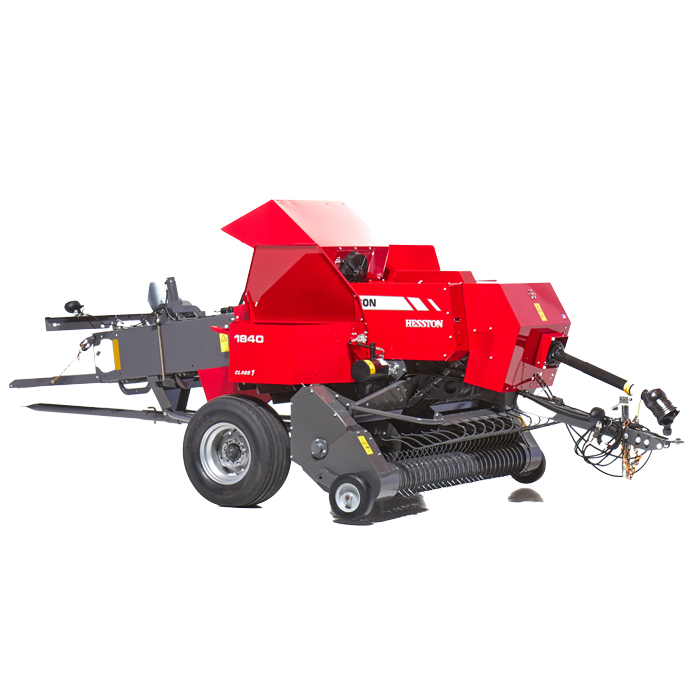
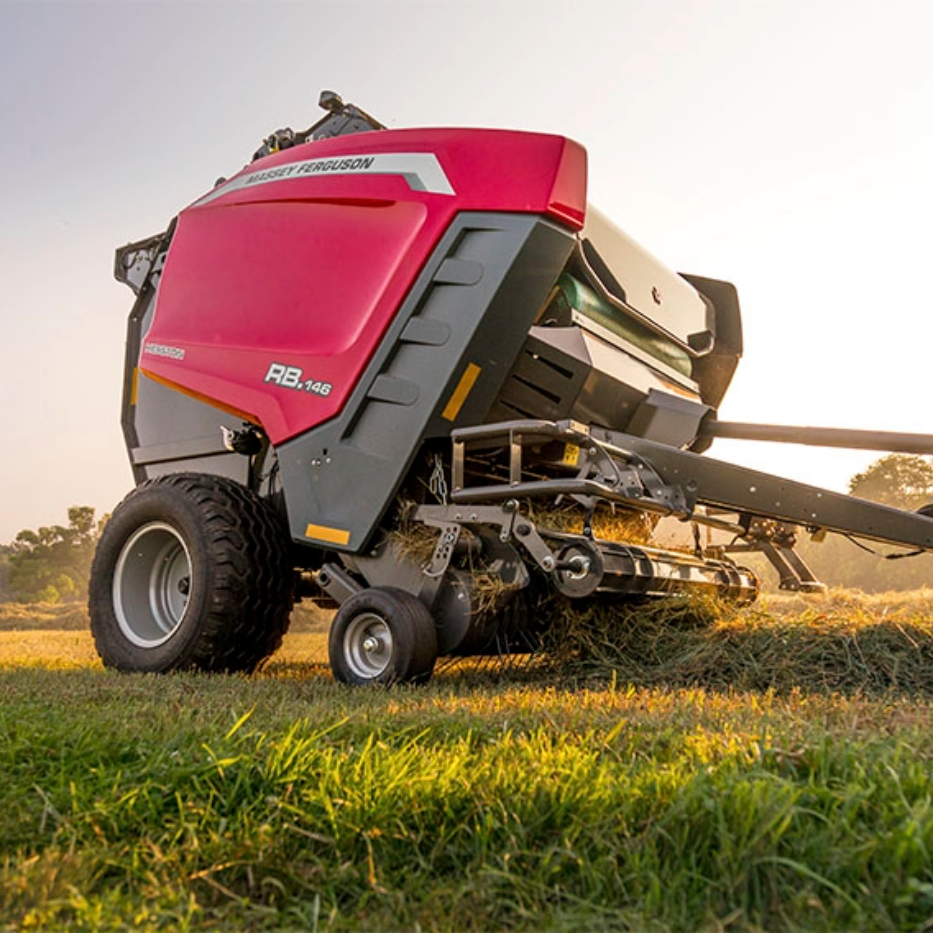
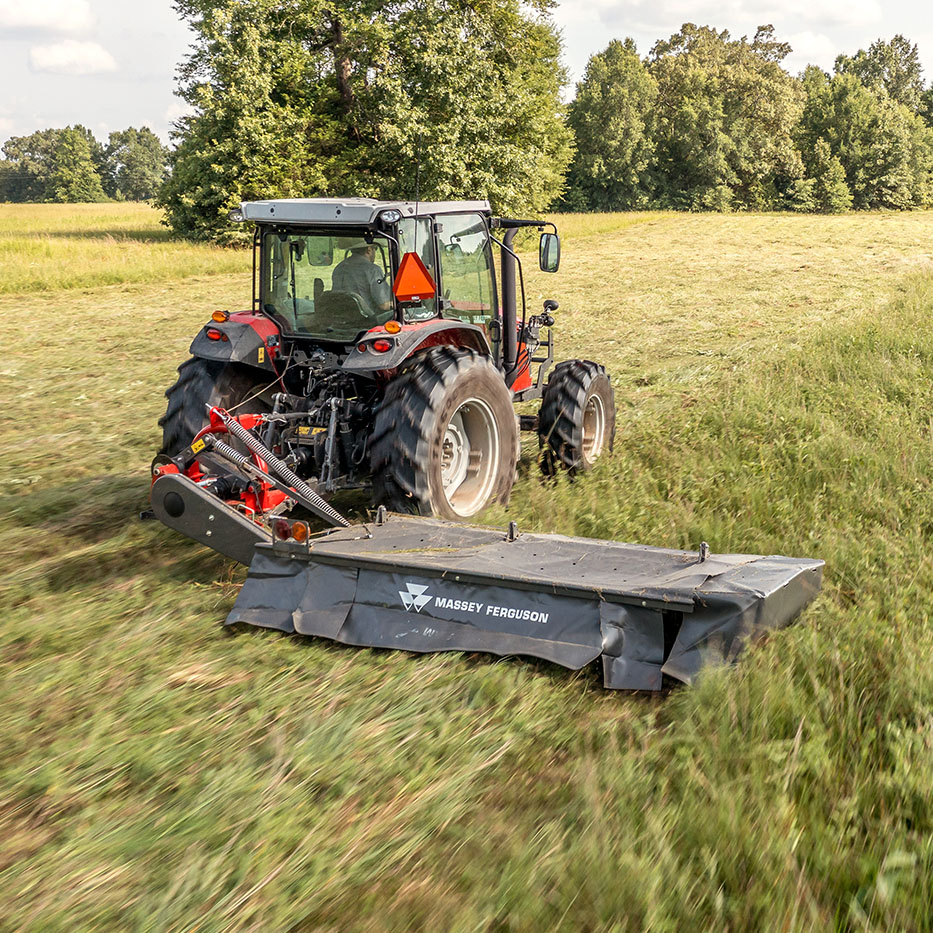
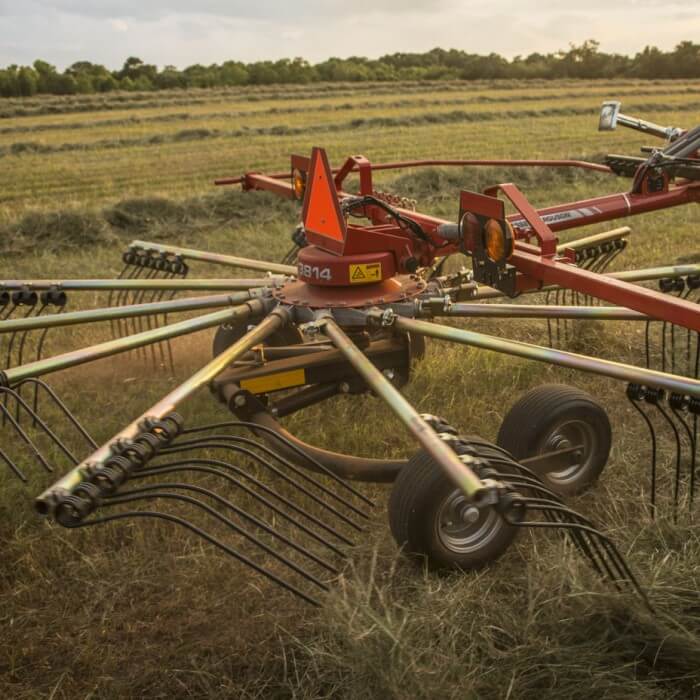
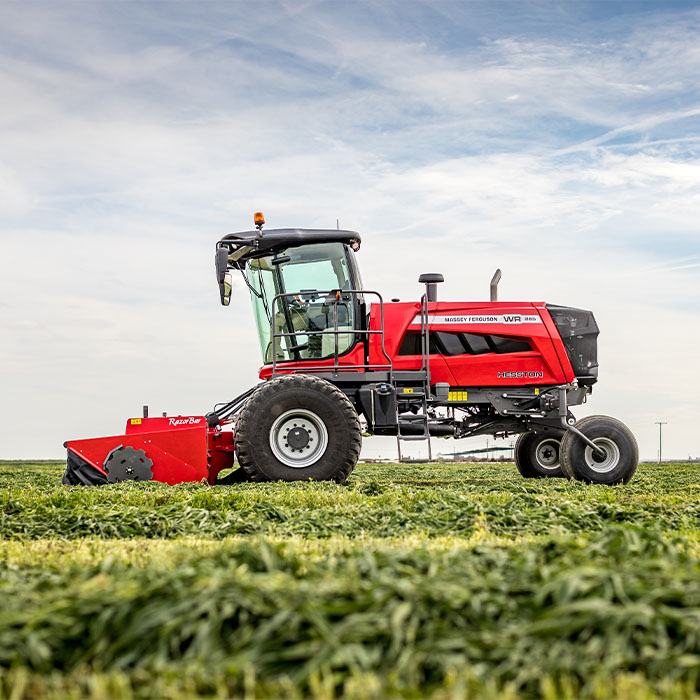
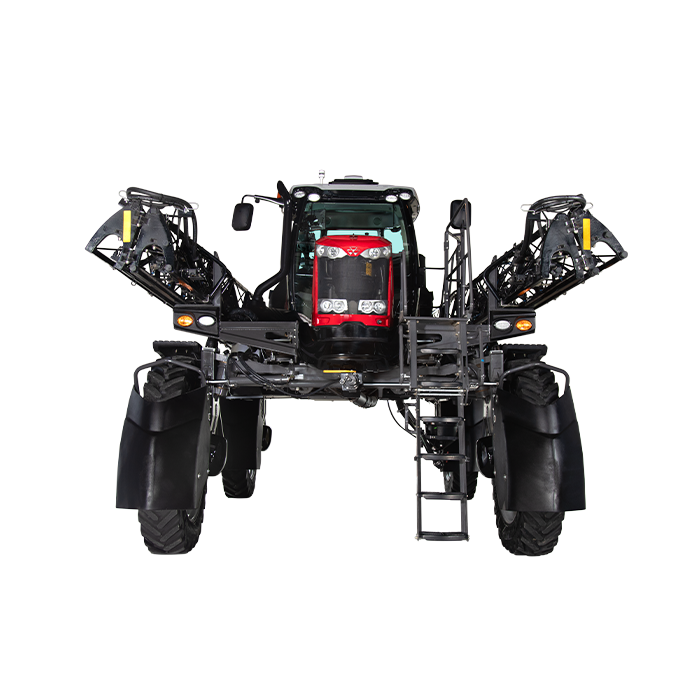

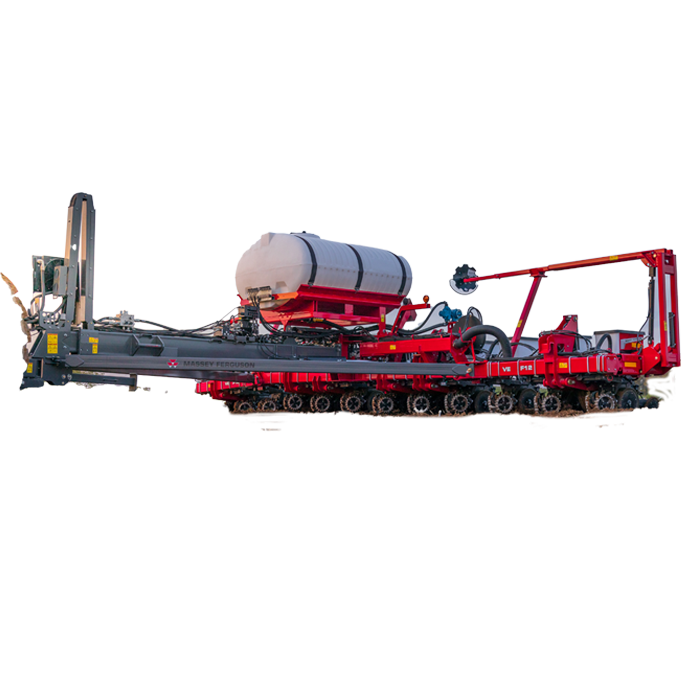
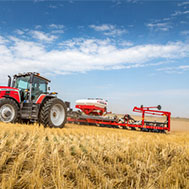
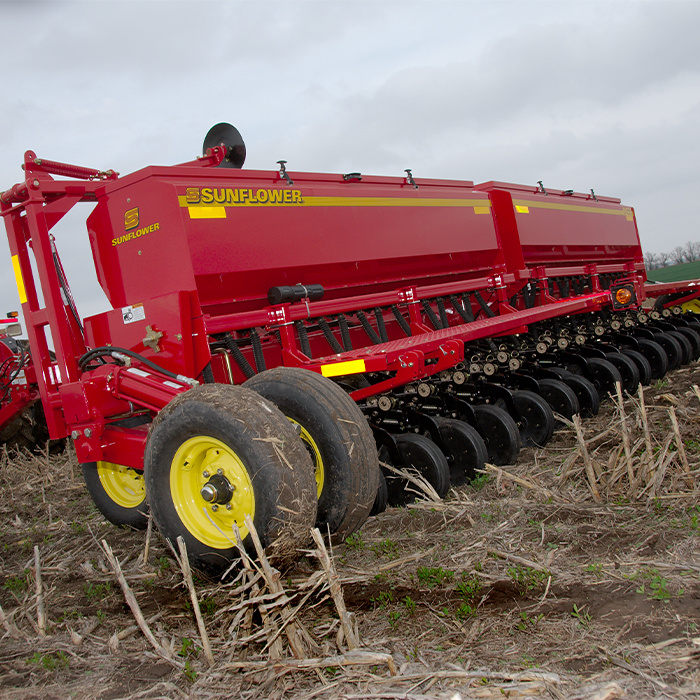
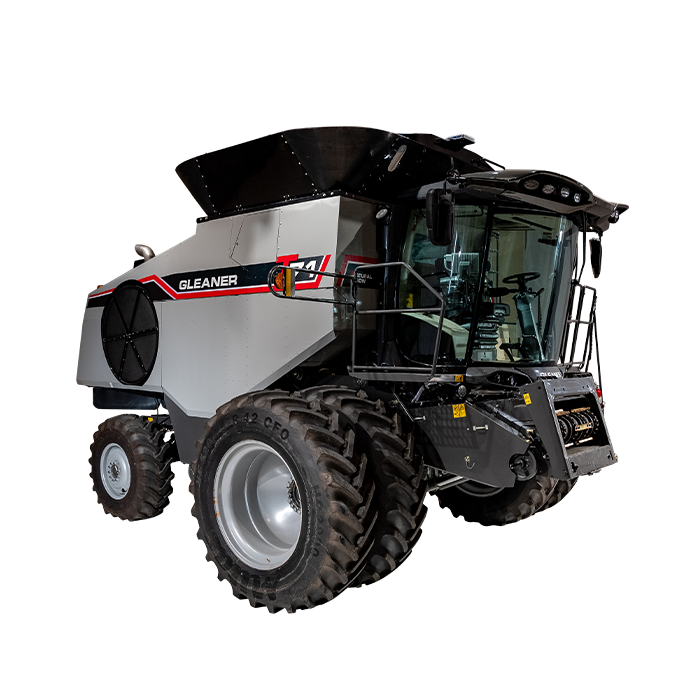

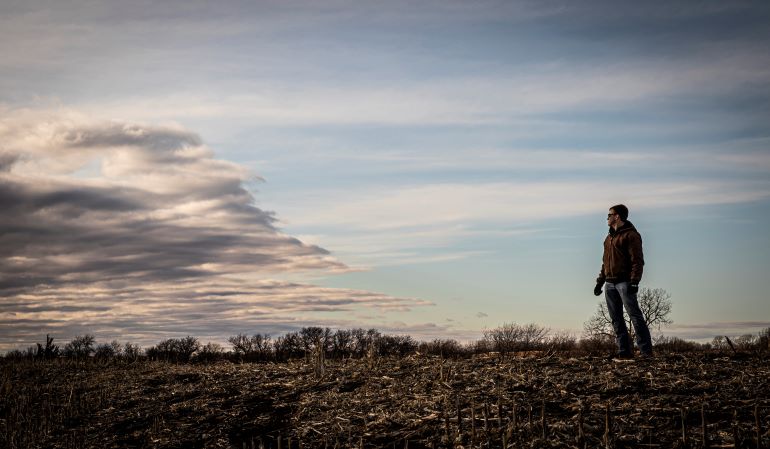
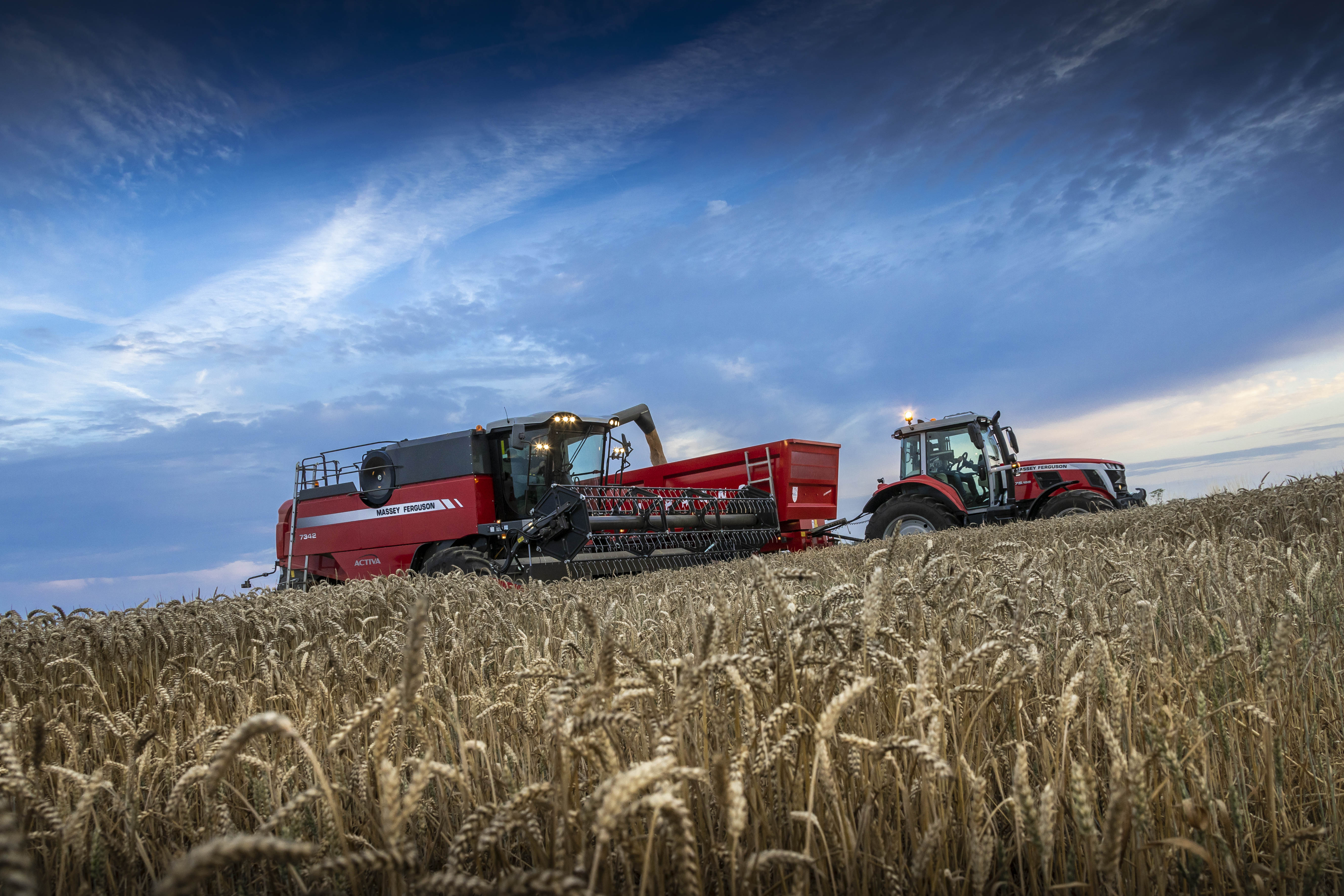
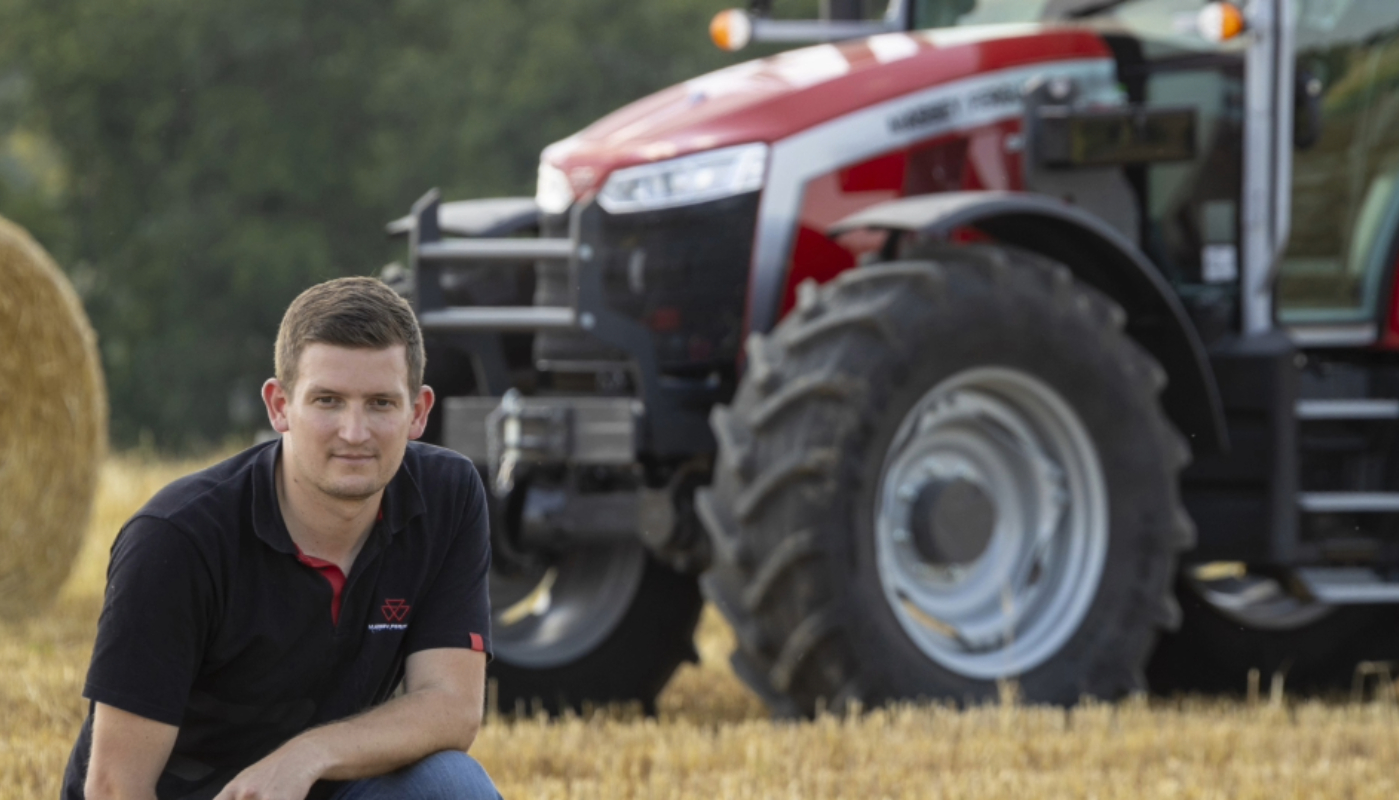
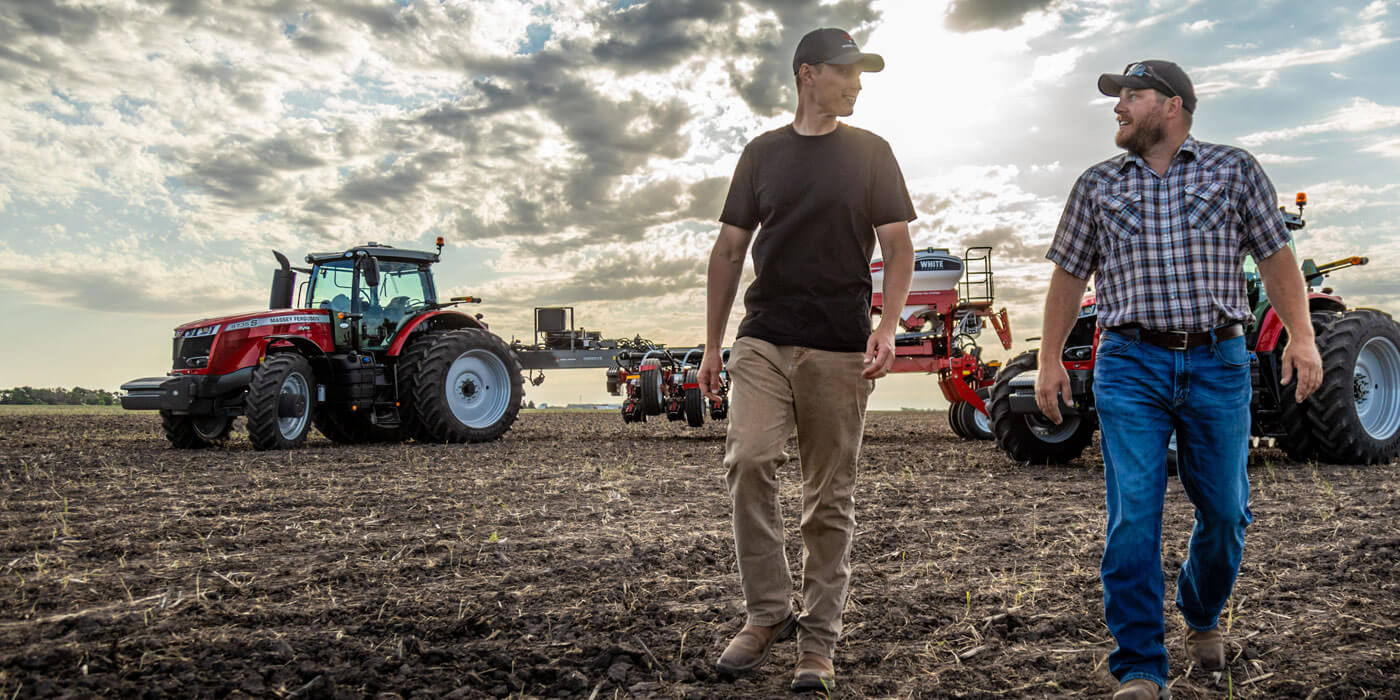
Share